Norwood, New Jersey, United States
Should Your Other Dog Be Present During In-Home Euthanasia?
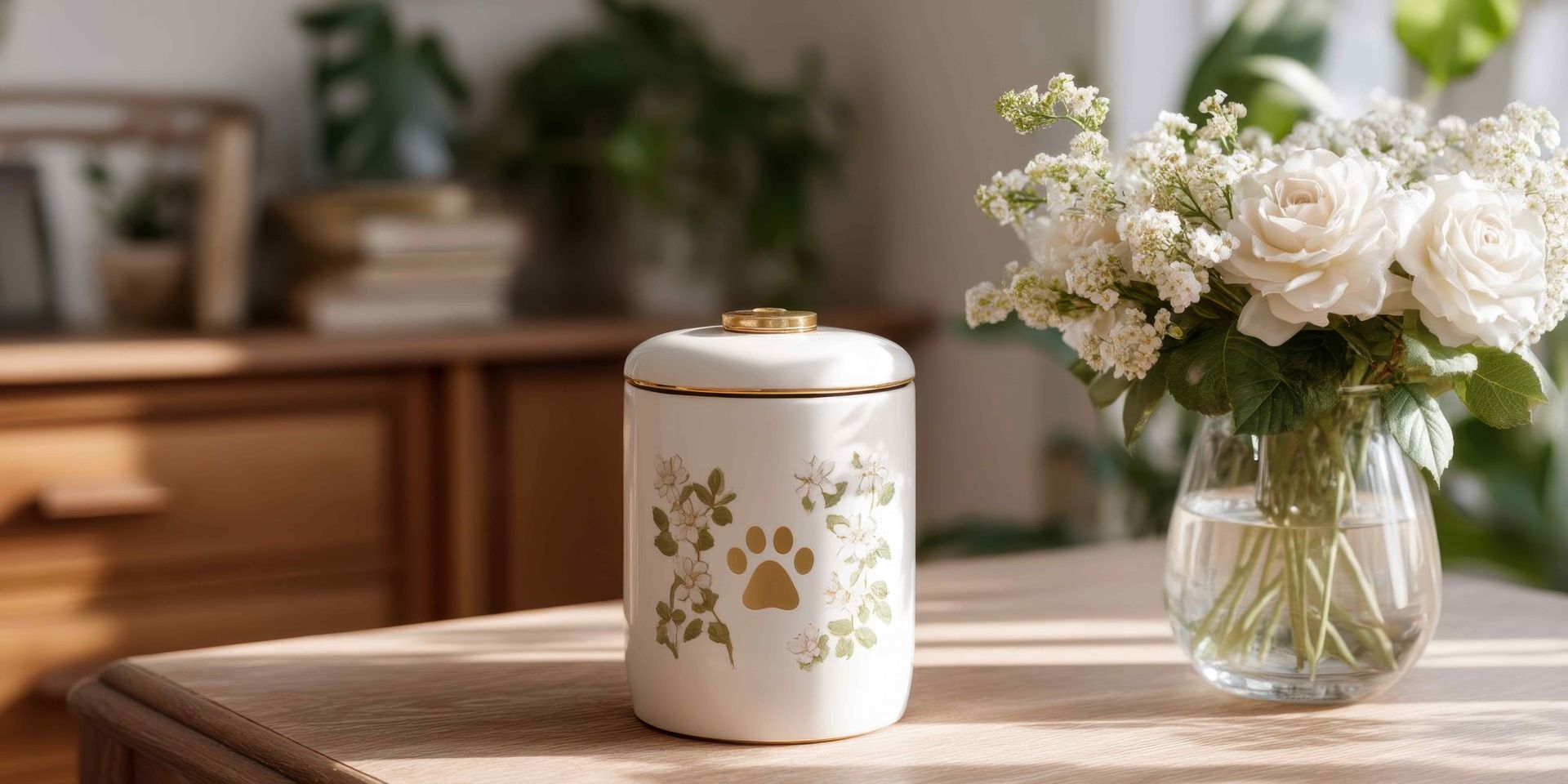
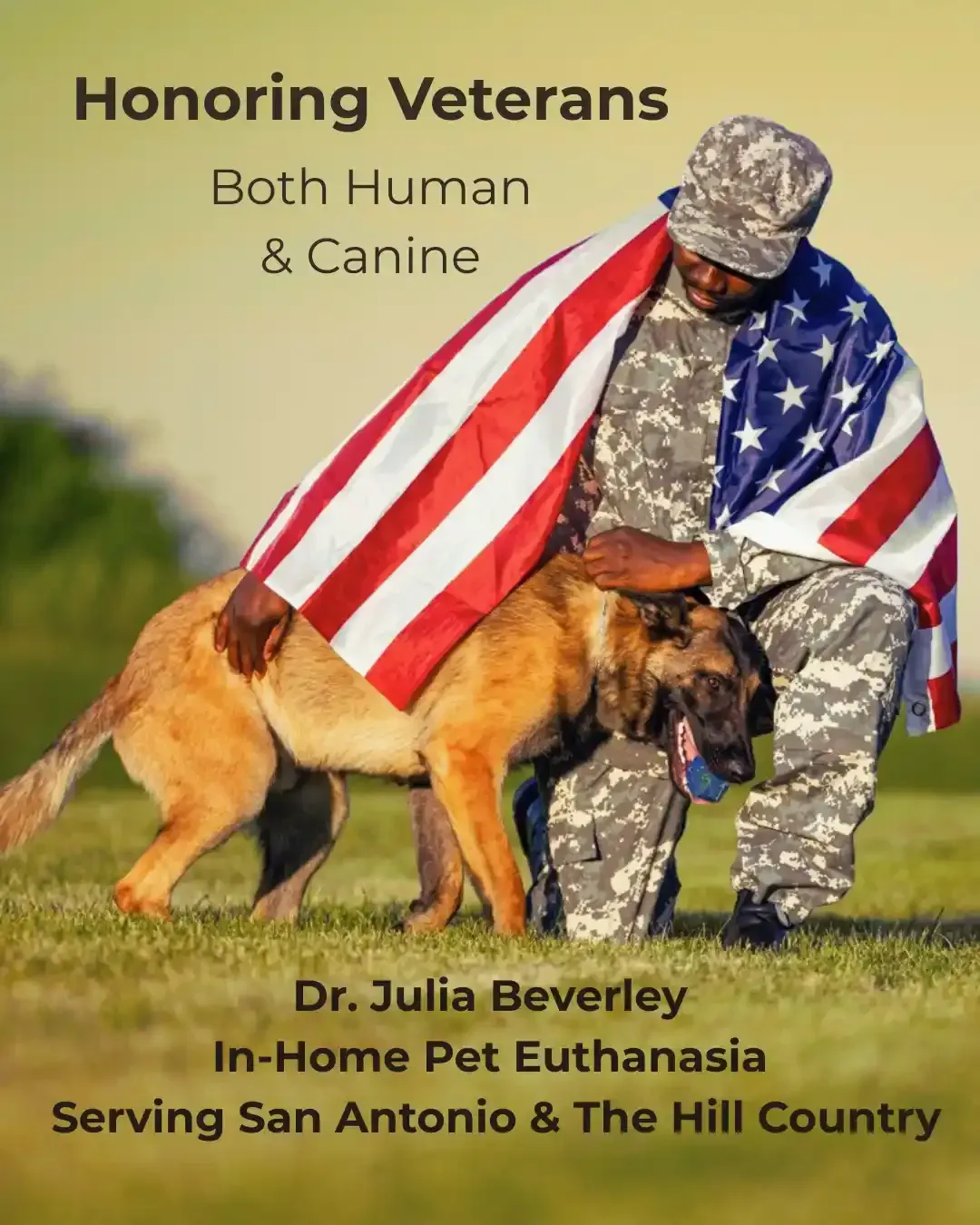

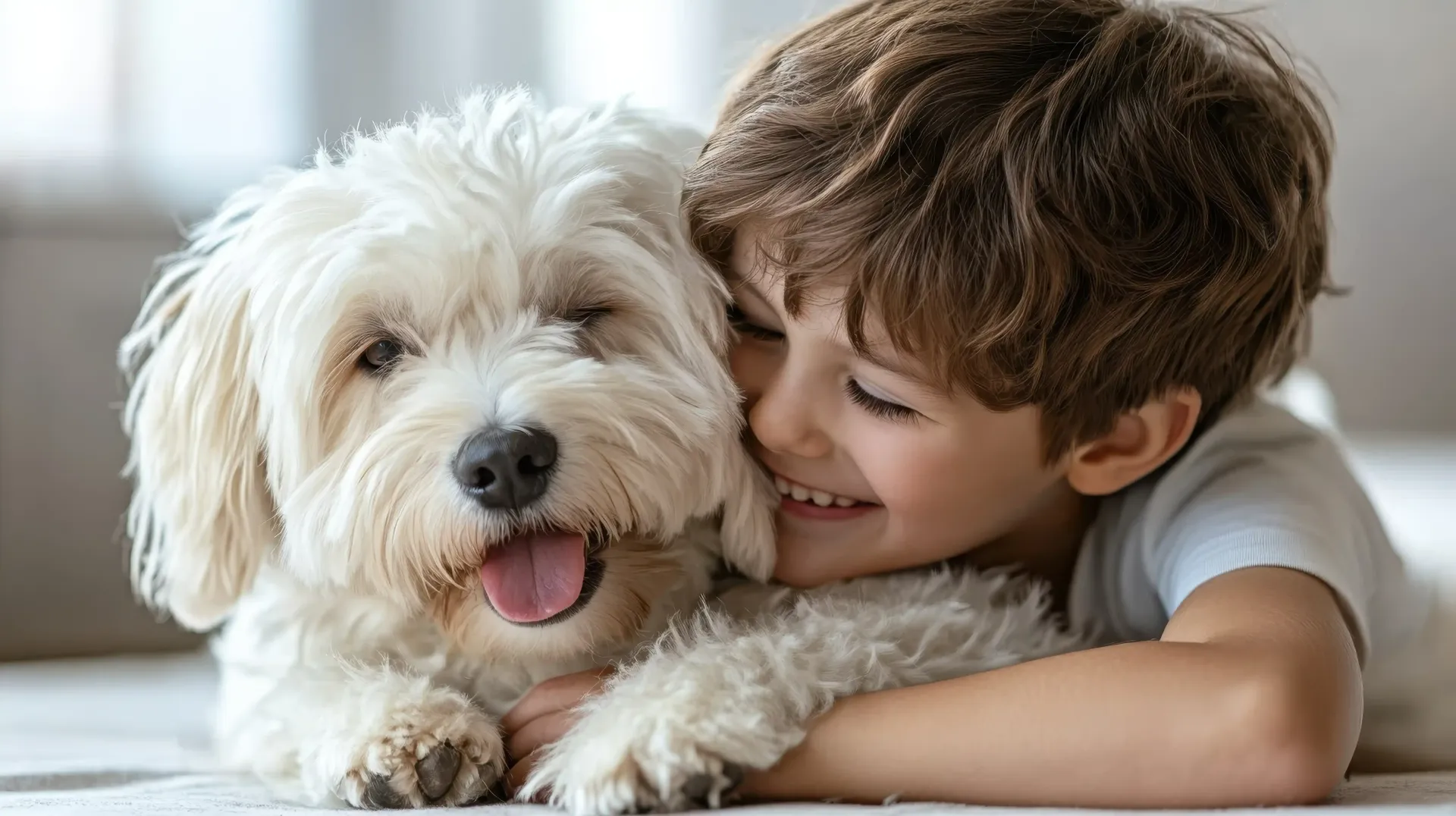

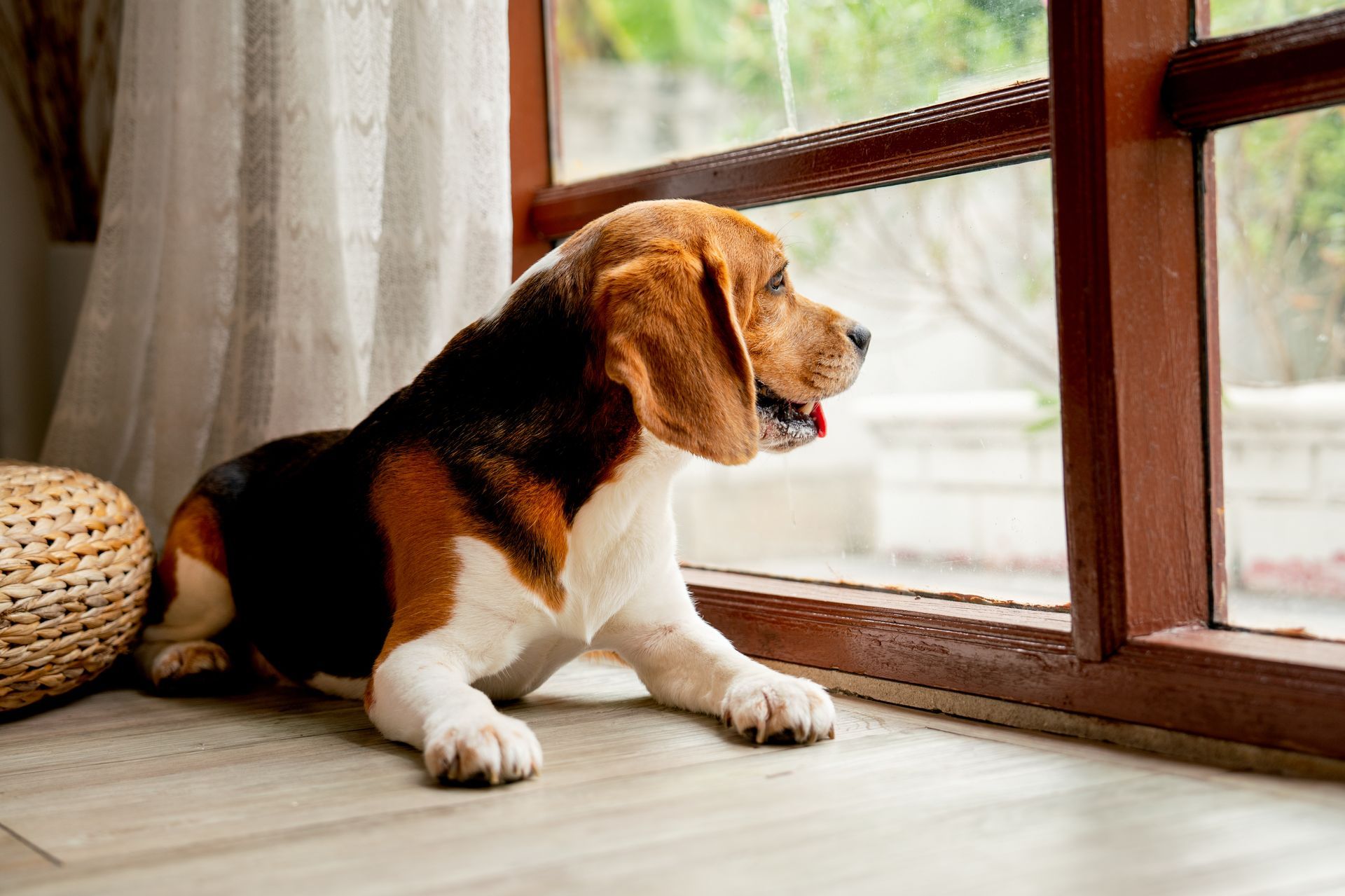



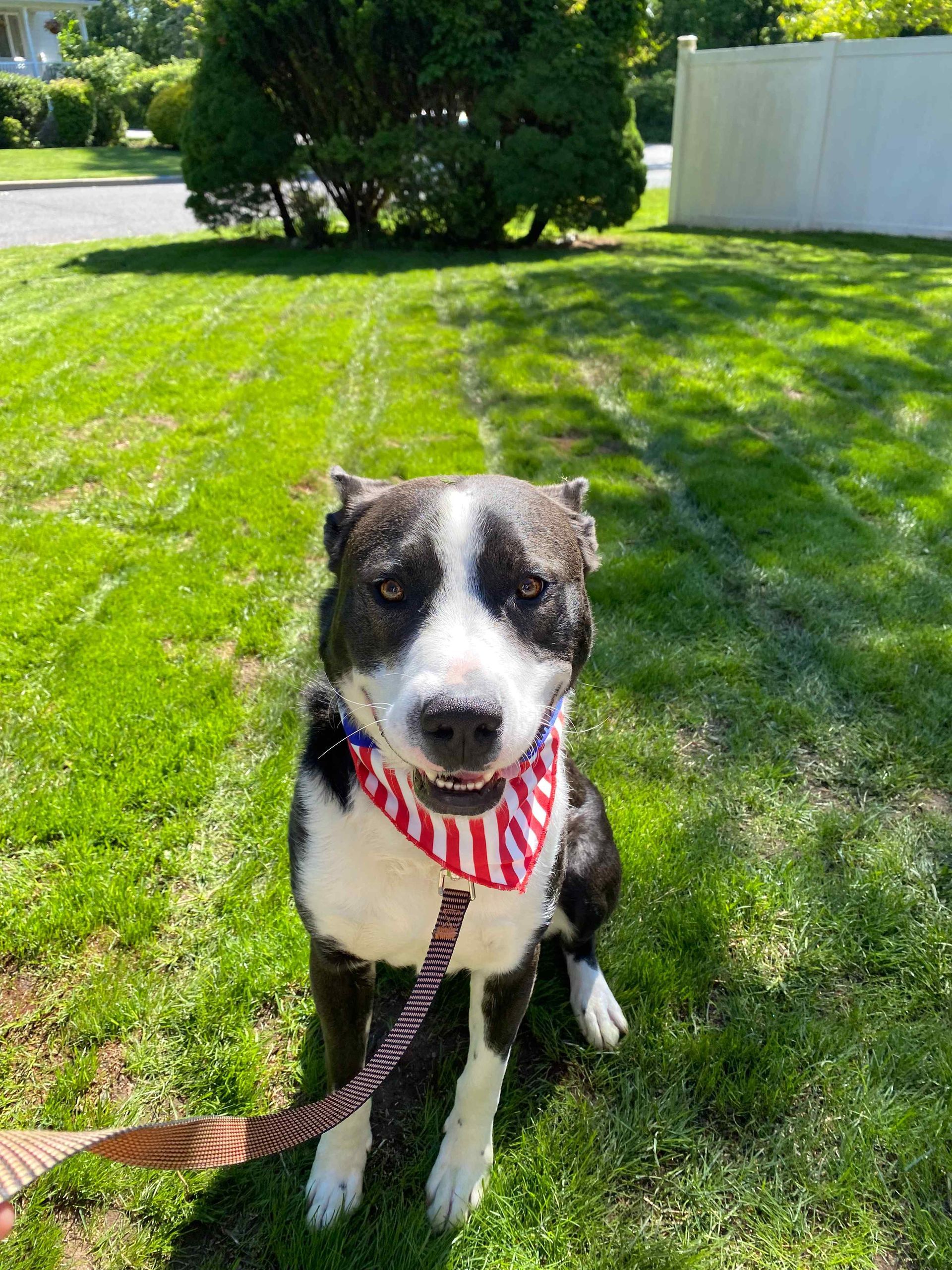










Dr. Cory’s Guiding Light provides compassionate in-home euthanasia for dogs, cats, and small mammals in Bergen County and surronding areas. We also offer aftercare options, including private and communal cremation, as well as grief support resources for families.
Deciding when to say goodbye is incredibly difficult. We offer quality of life assessments to help you understand your pet’s condition and make the most loving choice for their comfort and dignity. Click here to learn more,
Dr. Cory will arrive at your home and take time to explain the process, answer any questions, and allow you to spend peaceful moments with your pet. A gentle sedation will be given first to ensure your pet is calm and pain-free before the final medication is administered.
Choose a quiet, comfortable space where your pet feels safe. You can have family members or other pets present if you wish. We will guide you through the process and what to expect.
Yes. We encourage family members and even other pets to be present if it brings comfort. We’ll help create a peaceful and supportive environment.
We offer both private and communal cremation. If you prefer a different arrangement, we can assist in coordinating aftercare that respects your wishes.
Yes. We can connect you with local and online grief resources, including counselors and pet loss support groups.
We proudly serve Bergen County, NJ, and surrounding areas. If you’re unsure whether we can assist in your location, please contact us directly.
You can scheudle here or call, text, or fill out our online request form. IWe’ll discuss your needs and schedule a time that works for your family.